Muris Sarajlic
Machine Learning (ML)-assisted Beam Management in millimeter (mm)Wave Distributed Multiple Input Multiple Output (D-MIMO) systems
Dec 30, 2023



Abstract:Beam management (BM) protocols are critical for establishing and maintaining connectivity between network radio nodes and User Equipments (UEs). In Distributed Multiple Input Multiple Output systems (D-MIMO), a number of access points (APs), coordinated by a central processing unit (CPU), serves a number of UEs. At mmWave frequencies, the problem of finding the best AP and beam to serve the UEs is challenging due to a large number of beams that need to be sounded with Downlink (DL) reference signals. The objective of this paper is to investigate whether the best AP/beam can be reliably inferred from sounding only a small subset of beams and leveraging AI/ML for inference of best beam/AP. We use Random Forest (RF), MissForest (MF) and conditional Generative Adversarial Networks (c-GAN) for demonstrating the performance benefits of inference.
6G Radio Requirements to Support Integrated Communication, Localization, and Sensing
May 22, 2022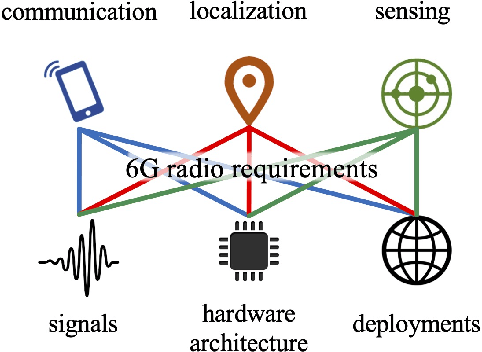
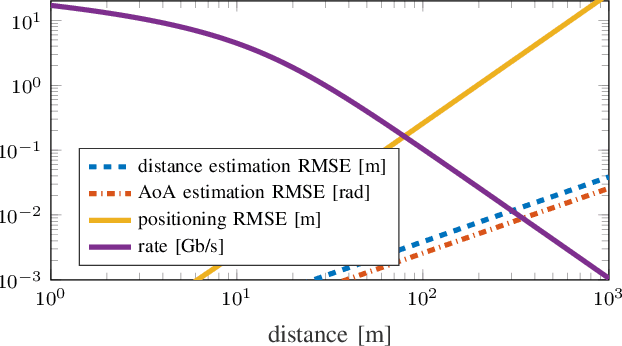
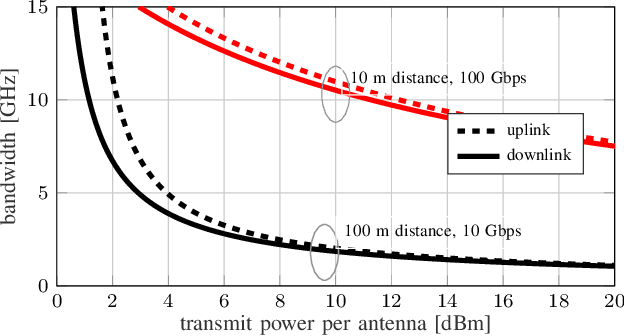
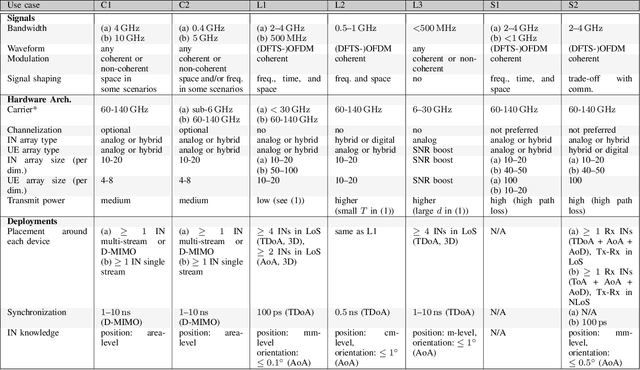
Abstract:6G will be characterized by extreme use cases, not only for communication, but also for localization, and sensing. The use cases can be directly mapped to requirements in terms of standard key performance indicators (KPIs), such as data rate, latency, or localization accuracy. The goal of this paper is to go one step further and map these standard KPIs to requirements on signals, on hardware architectures, and on deployments. Based on this, system solutions can be identified that can support several use cases simultaneously. Since there are several ways to meet the KPIs, there is no unique solution and preferable configurations will be discussed.
Deep Convolutional Neural Networks for Massive MIMO Fingerprint-Based Positioning
Aug 21, 2017

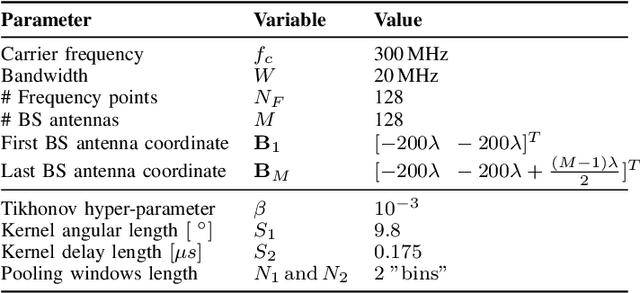
Abstract:This paper provides an initial investigation on the application of convolutional neural networks (CNNs) for fingerprint-based positioning using measured massive MIMO channels. When represented in appropriate domains, massive MIMO channels have a sparse structure which can be efficiently learned by CNNs for positioning purposes. We evaluate the positioning accuracy of state-of-the-art CNNs with channel fingerprints generated from a channel model with a rich clustered structure: the COST 2100 channel model. We find that moderately deep CNNs can achieve fractional-wavelength positioning accuracies, provided that an enough representative data set is available for training.
 Add to Chrome
Add to Chrome Add to Firefox
Add to Firefox Add to Edge
Add to Edge